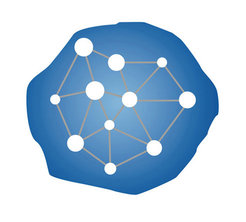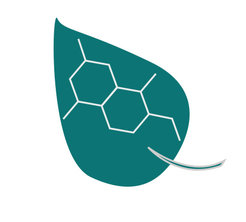
Research Departments
Our institute is organized into four research departments, each headed by a director. The broad research spectrum encompasses cell biology, structural biology and organic chemistry. Each department is specialized in a scientific field in terms of orientation and methodology, but also shares numerous scientific interfaces with the other departments. Thus, the research departments collaborate to develop targeted substances or elucidate protein structures in order to better understand essential biological processes.

Mechanistic Cell Biology >
The miracle of growth is made possible through the repetition of a process that must perform perfectly each time: cell division, in which from one cell two identical daughter cells develop. In our department, we study the different molecular mechanisms that ensure that the genetic material is distributed correctly to the two daughter cells. For this purpose, we investigate the structure and function of a multitude of proteins that are involved in cell division.

Systemic Cell Biology >
All processes which take place in the body are self-organized, and much evidence suggests that the great complexity of living nature is actually based on the combination of a few simple rules. These include the random fluctuation of molecules, their local interactions, the principle of negative feedback and autocatalytic loops. In our department we study these mechanisms and networks in precise detail. We want to find out how they function, which dynamics underlie them and how they can be influenced by targeted interventions into the circuits.

A fusion of biology, physics and chemistry, Structural Biochemistry is a unique branch of science that aims to describe, in atomic-level precision, cellular processes that result from the interaction of proteins that often assemble into large macromolecular protein complexes. We specifically focus on the structural and functional analysis of protein complexes involved in toxin-mediated membrane permeation, the molecular details of muscle contraction and the dynamics of the eukaryotic cytoskeleton. To reach our research objectives, we use and develop a broad spectrum of techniques, our primary methods being biochemical reconstitutions, high-resolution electron cryomicroscopy (cryo-EM) and electron cryotomography (cryo-ET).

The development of active substances to specifically influence biological processes is like looking for a needle in a haystack. Only just a few of the millions of synthesised compounds have any effect. We are therefore pursuing a different approach based on models found in nature. Evolution has yielded a wide variety of biologically active substances. The main focus of our research is to develop new methods and strategies for the chemical production of NP-inspired compound collections. Another focus is to test these substances for their effect and to identify their targets in the cell.



